Thursday, August 21st 2025
Cuban graphic design, and Latin American design for that matter, finds in Félix Beltrán one of its top representatives. Beltrán is titled the “father of the cuban cartel” and his work and career date back as far as five decades ago. A career filled with posterism, illustration, editorial, publishing and awards, is not easy to summarize everything he did in his peak but that’s exactly what he did in his pieces: absorbing complex ideas and synthesizing them.
"The can be a no aesthetic values without ethical values"
Félix studied Graphic Design at New York’s School of Visual Arts in the 50s, as well as the American Art School and the Art Students League, being heavily influenced by the modernism of the time, with references like Saul Bass, Raymond Savignac and Josef Müller-Brockmann.
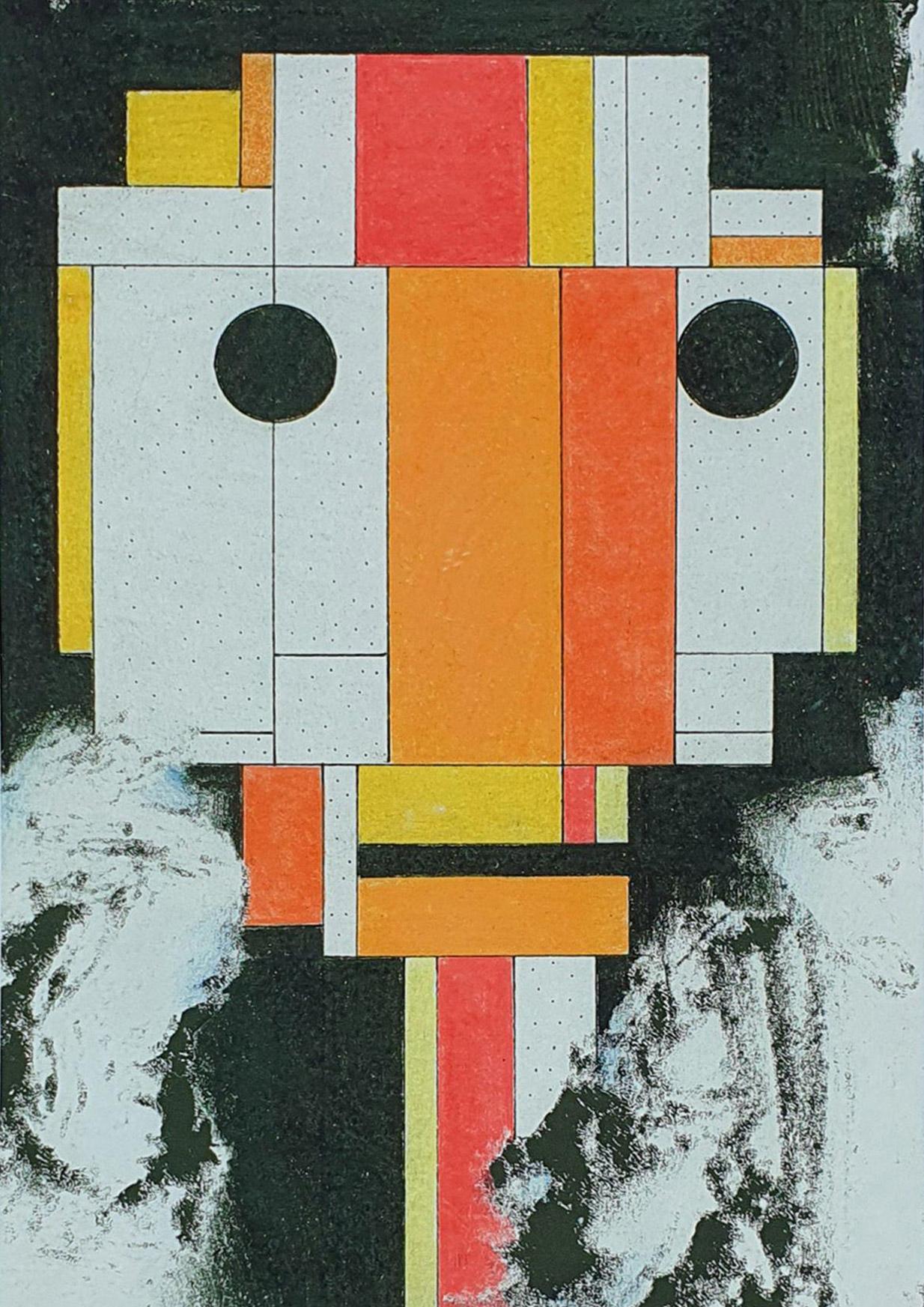
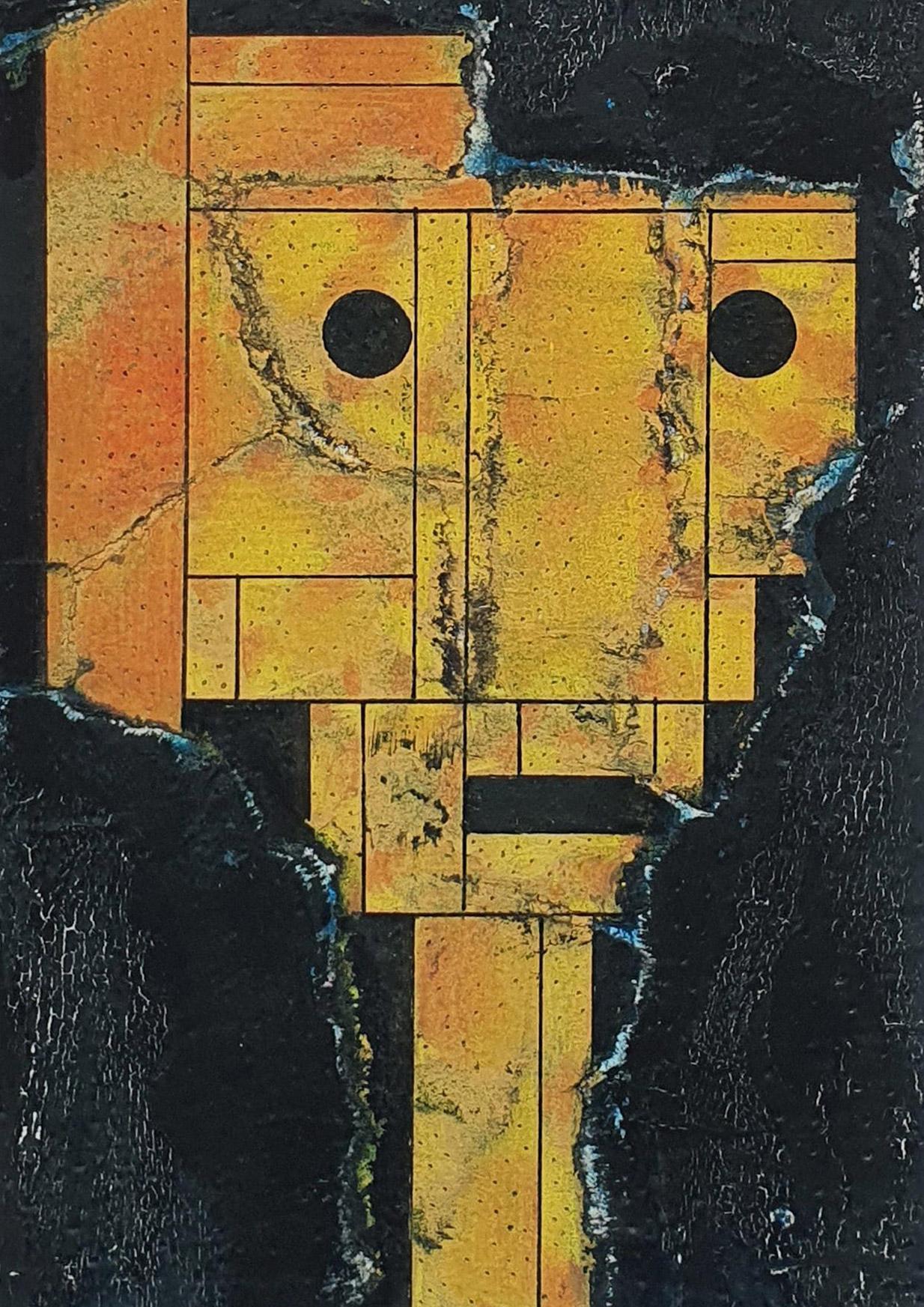
Despite this, he managed to develop his own signature style with simplicity as the foundation of an efficient visual communication. In 1962 he moved back to Cuba and presided over the Revolutionary Orientation Commission; his political views were also part of his work, as some of his more recognizable pieces are his Che Chevara illustration in duotone and the poster he did for Angela Davis’ liberation campaign. His political and social views were a big part of his work because, for Beltrán, you couldn’t have design without the social element and background of it: “you can’t teach how to make a design that is not practical, common, social. Every design is social”.
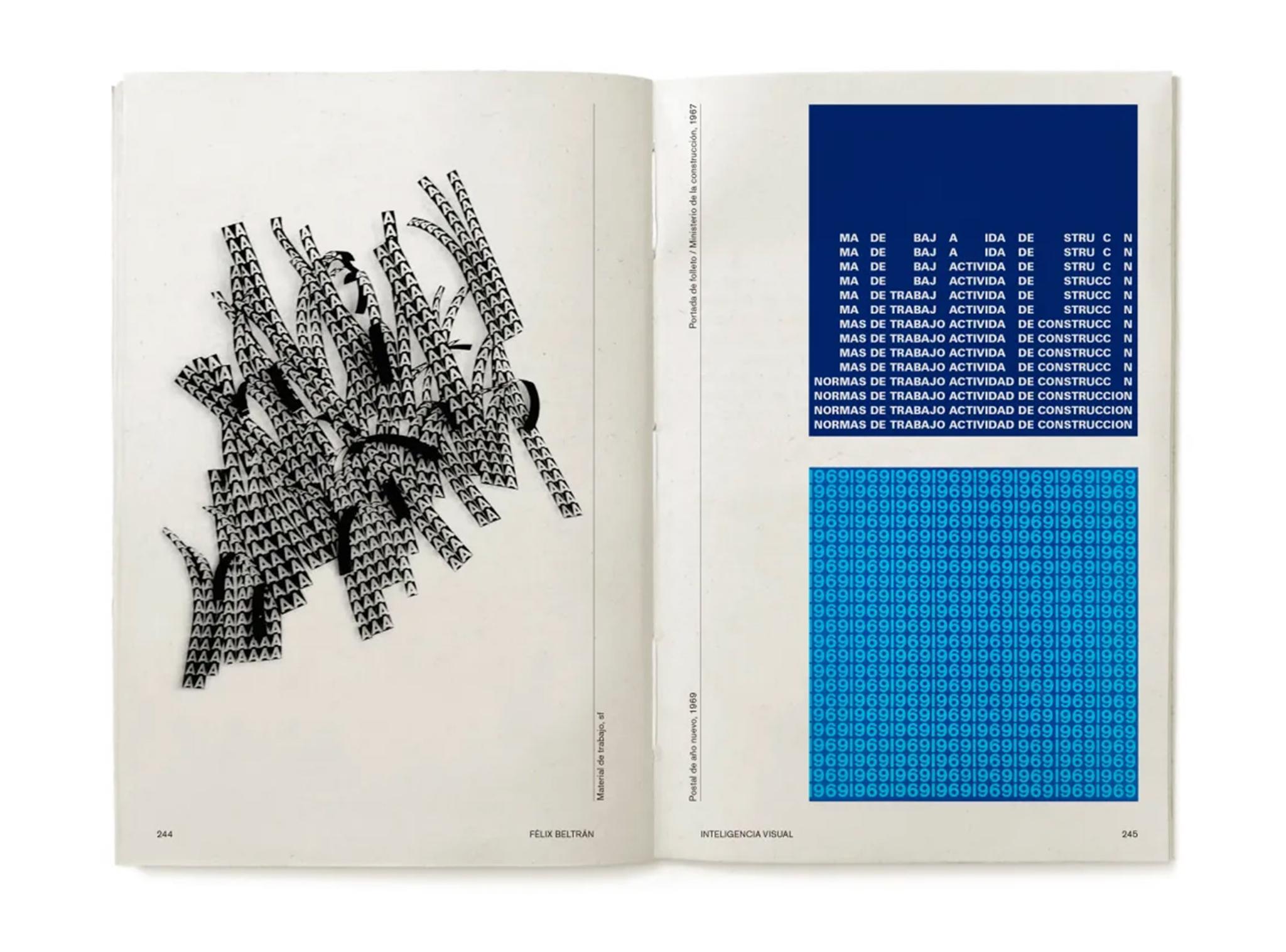
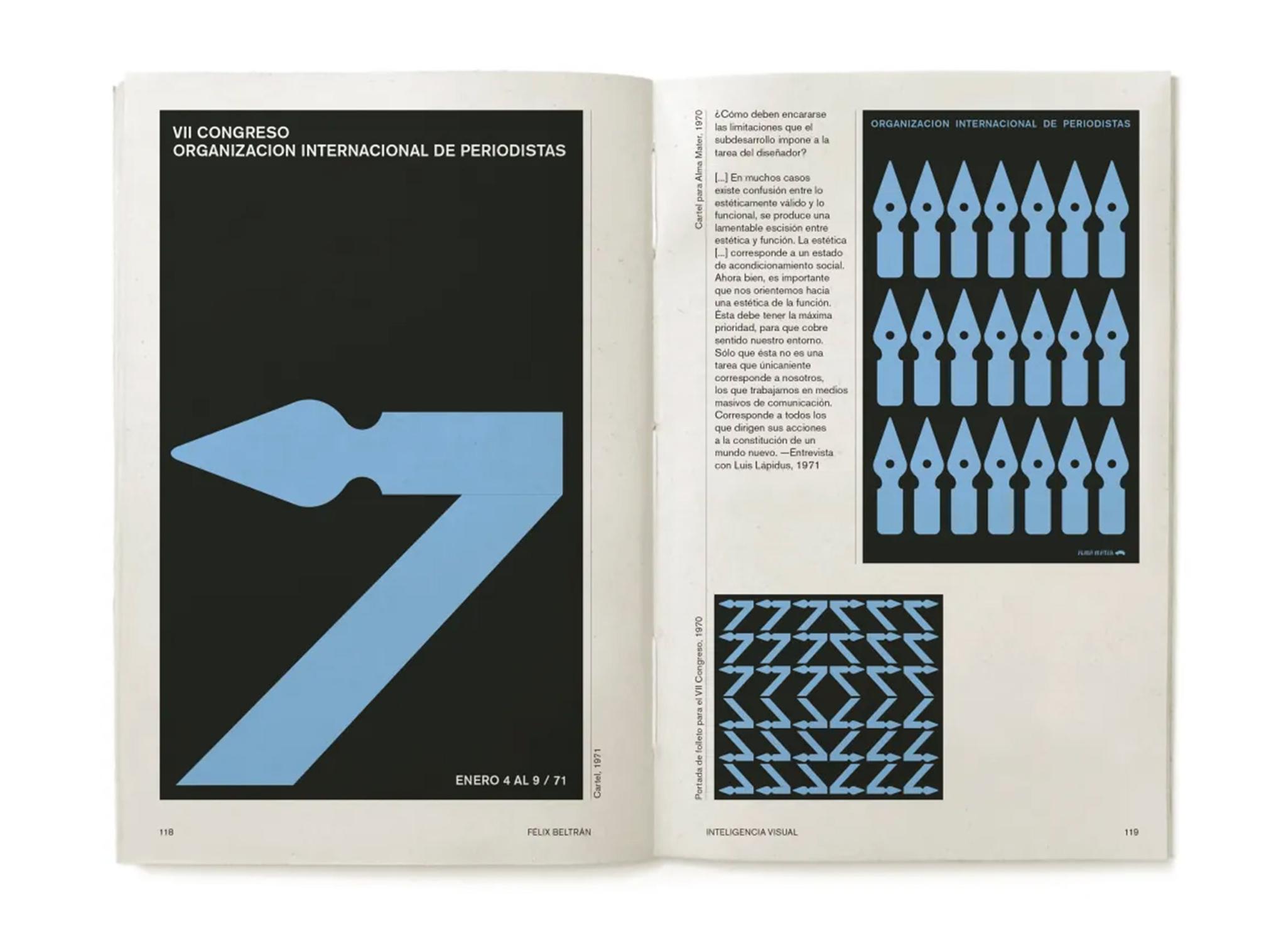
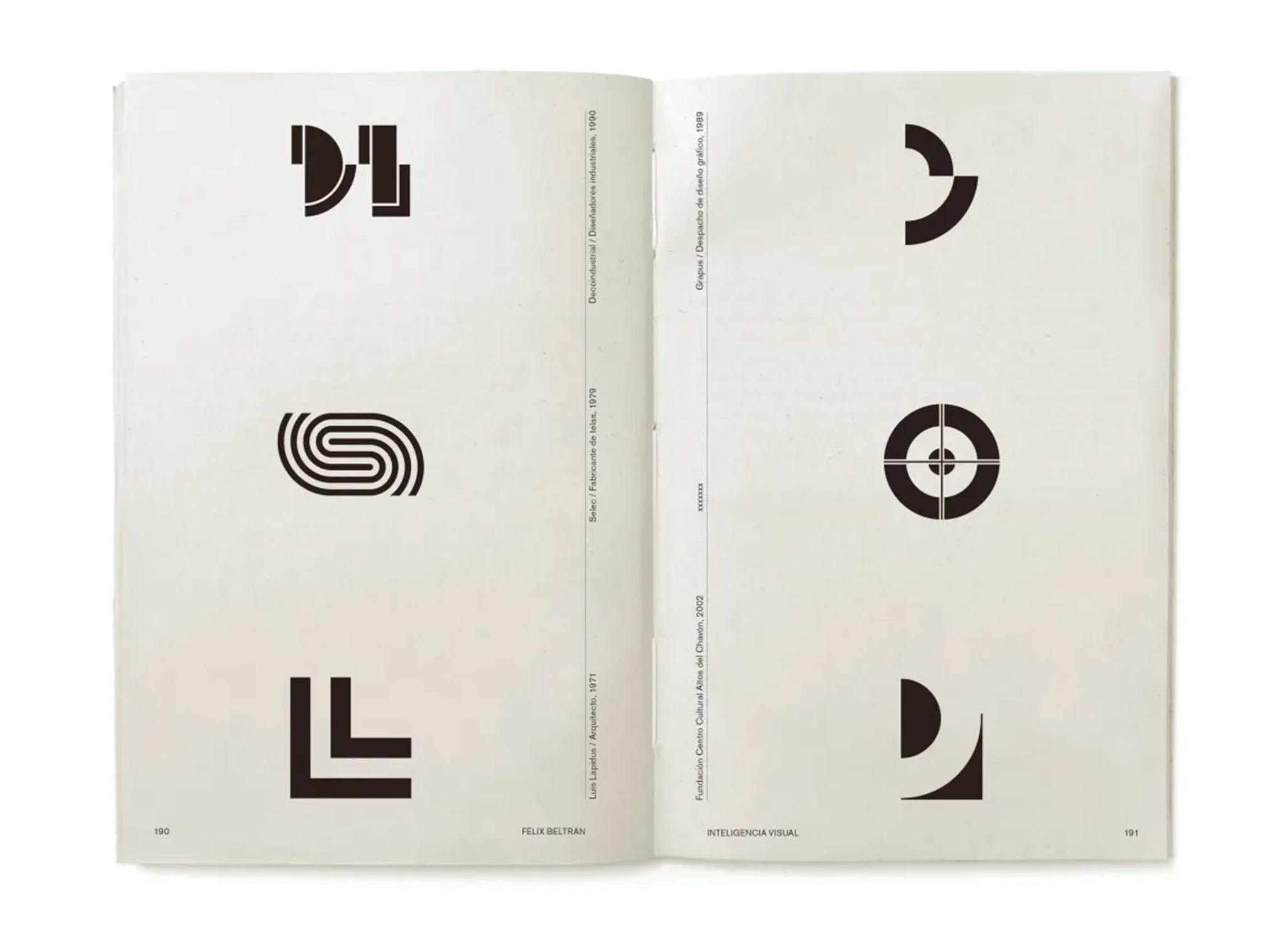
According to Beltrán, simplicity is the reason why his pieces were so effective, as he didn’t “chased transitory trends”, they’re timeless because their simple and they endure the test of time thanks to this quality: “Simple is what doesn’t have elements that are excessive or that are lacking, complex is what remains unclear without positioning”. As for his work method, he calls unconformity his greatest motivator as “you always have to aspire more”, calling himself a tireless perfectionist, even in his 80s before his passing. For Beltrán, no good designs can exist without motivation and the only way you can get better at things is through practice: “Everything is defined by practice, tell me what you do and I’ll tell you what you are, not who you are”.
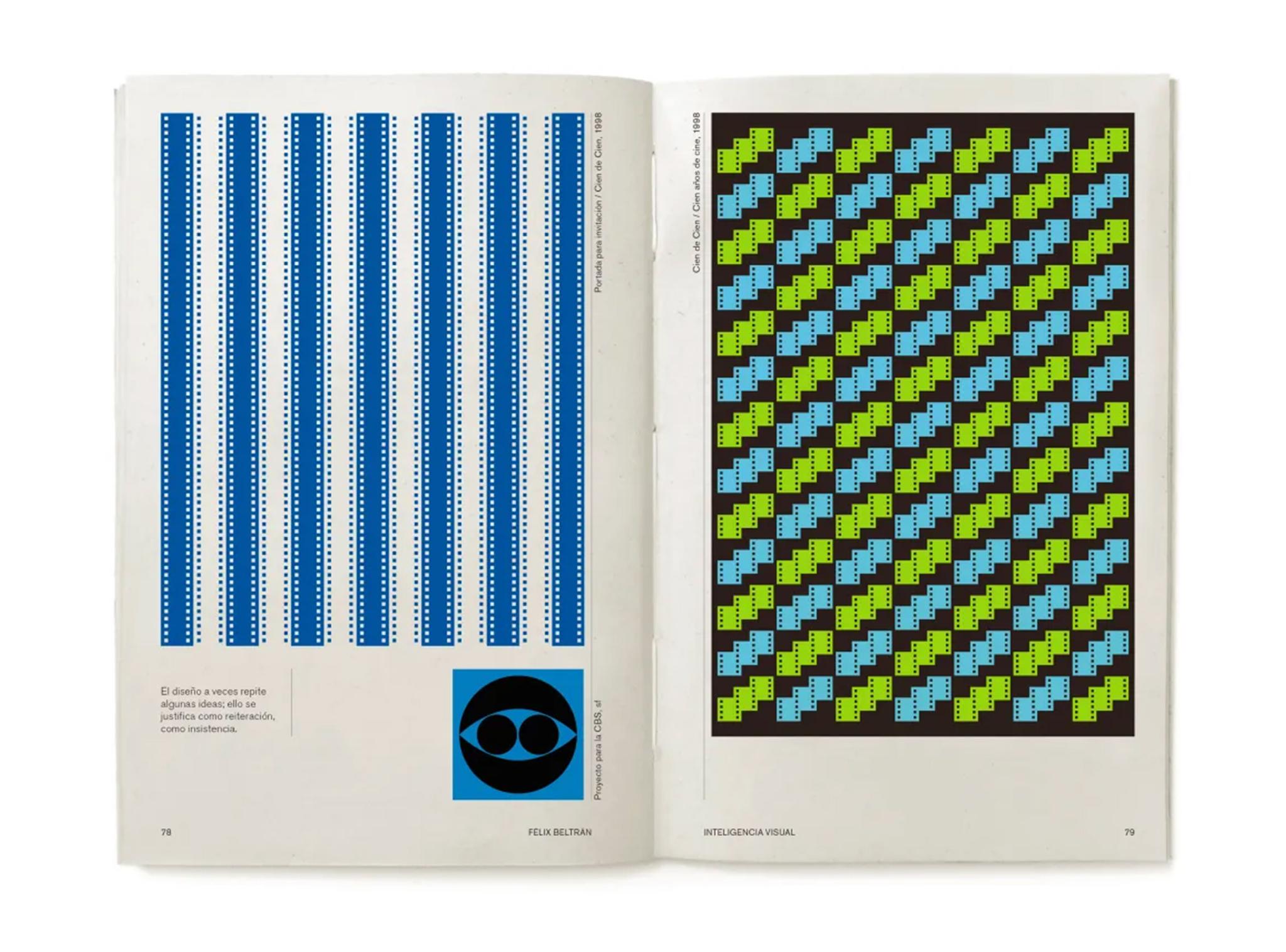
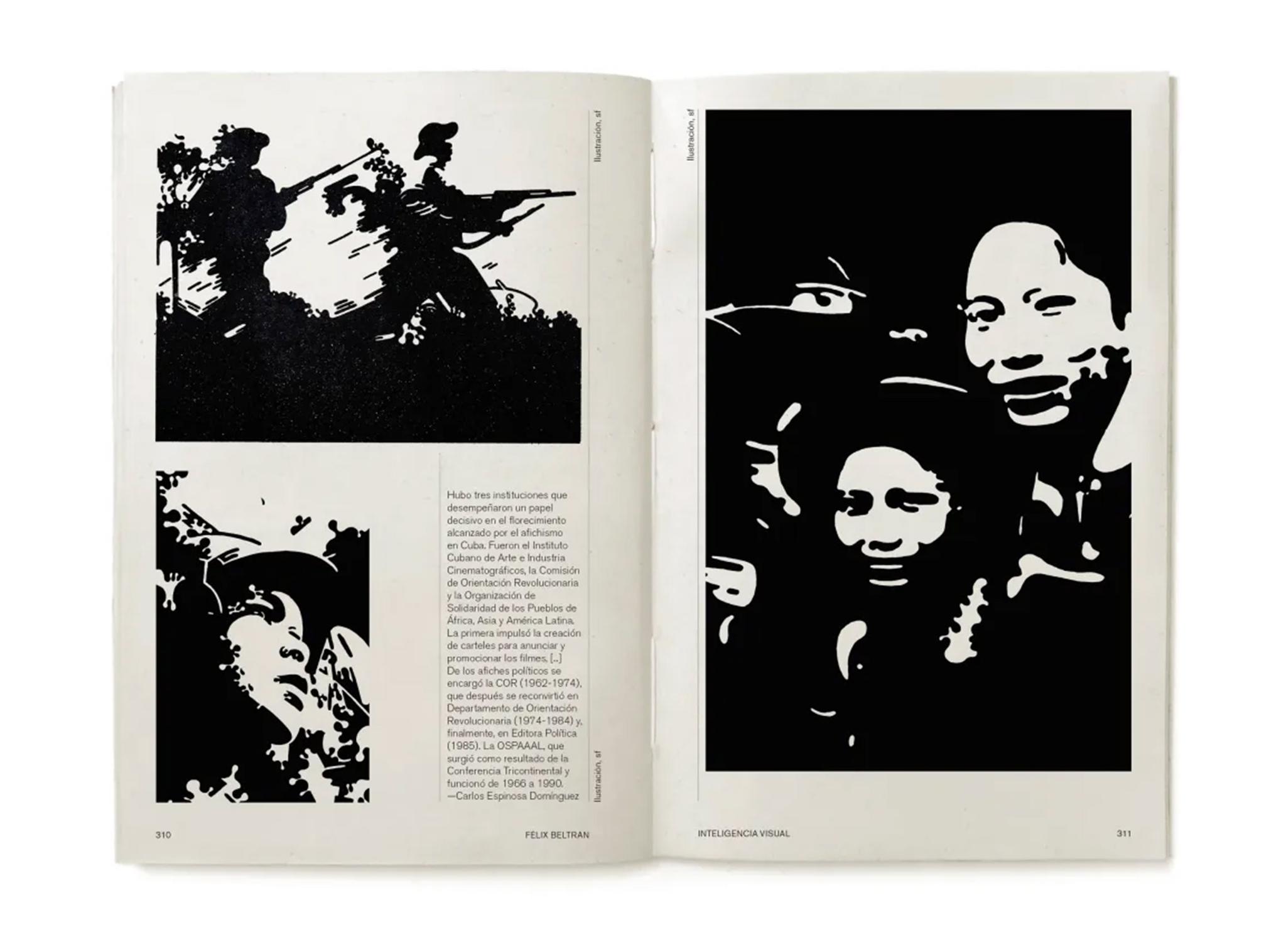
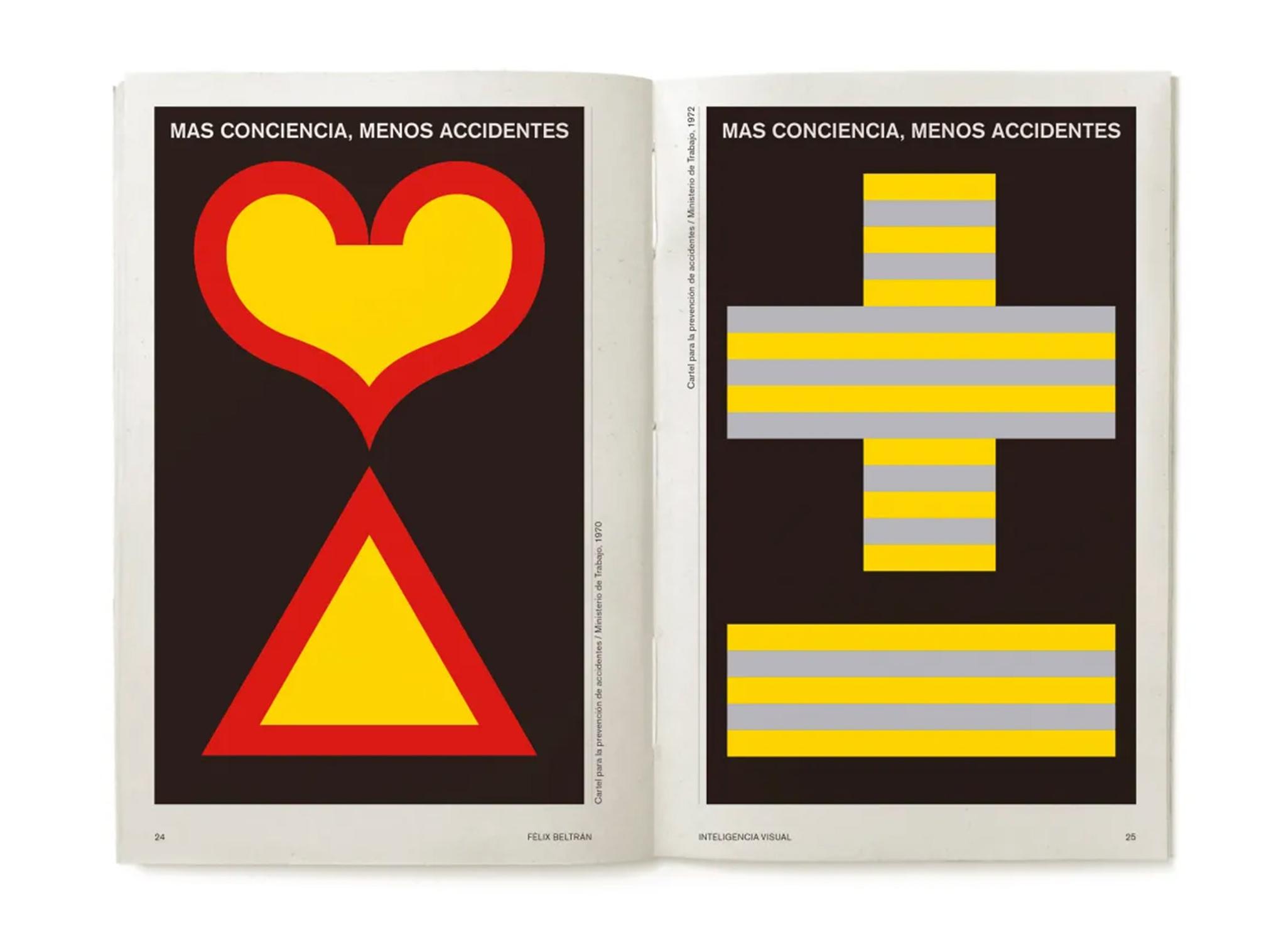
Beltrán moved to México in the 1980s, where he also was a teacher at the Metropolitan Autonomous University of Mexico. For him, it became very clear that if you want to learn, you need to love what you’re learning, and for learning about graphic design, you need to be patient as it isn’t as easy as some might think. “There can be no aesthetic values without ethical values”, he wisely once said.
Sources:
All images attached to this article are not property of Lorem Ipsum and were crafted by the artists mentioned above.














